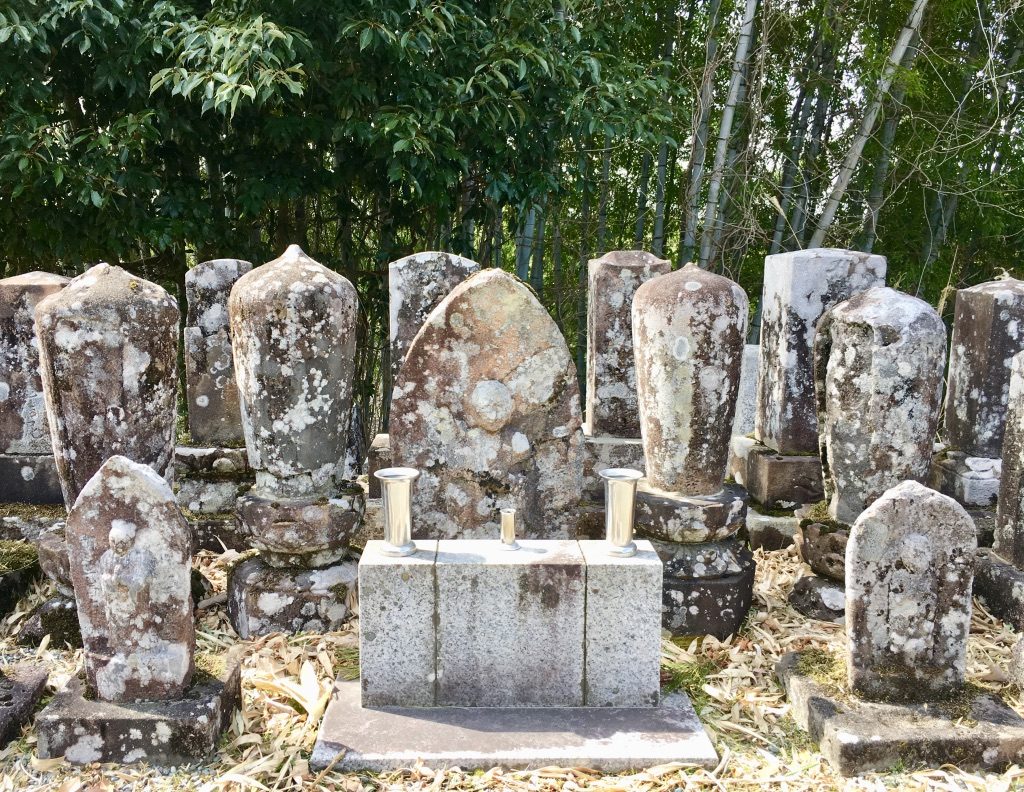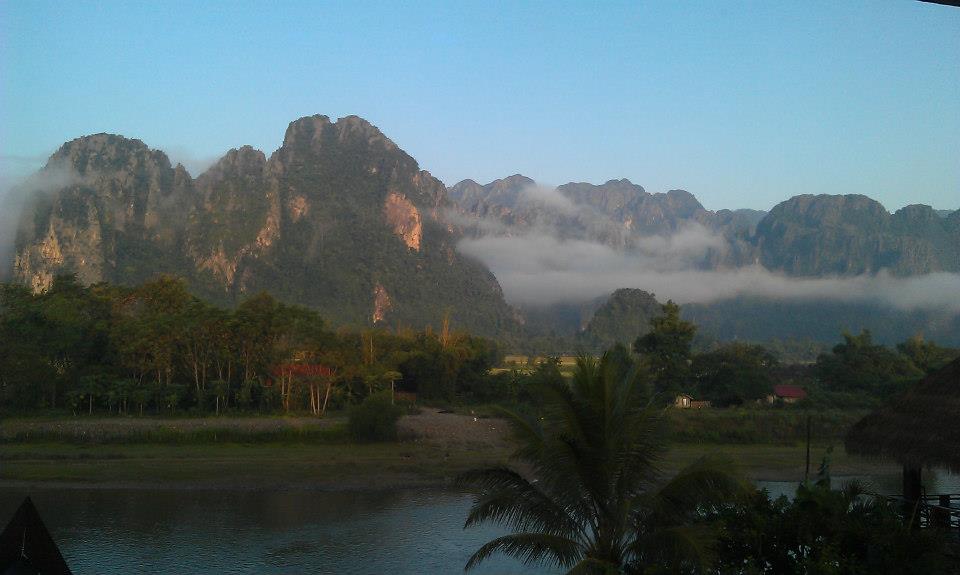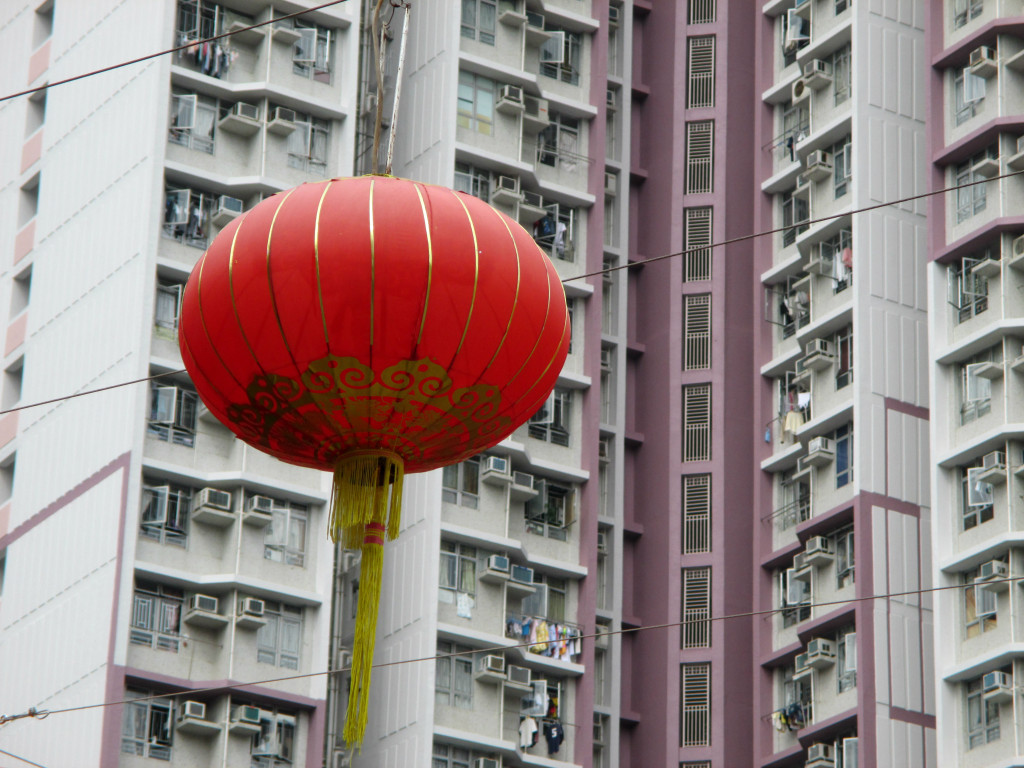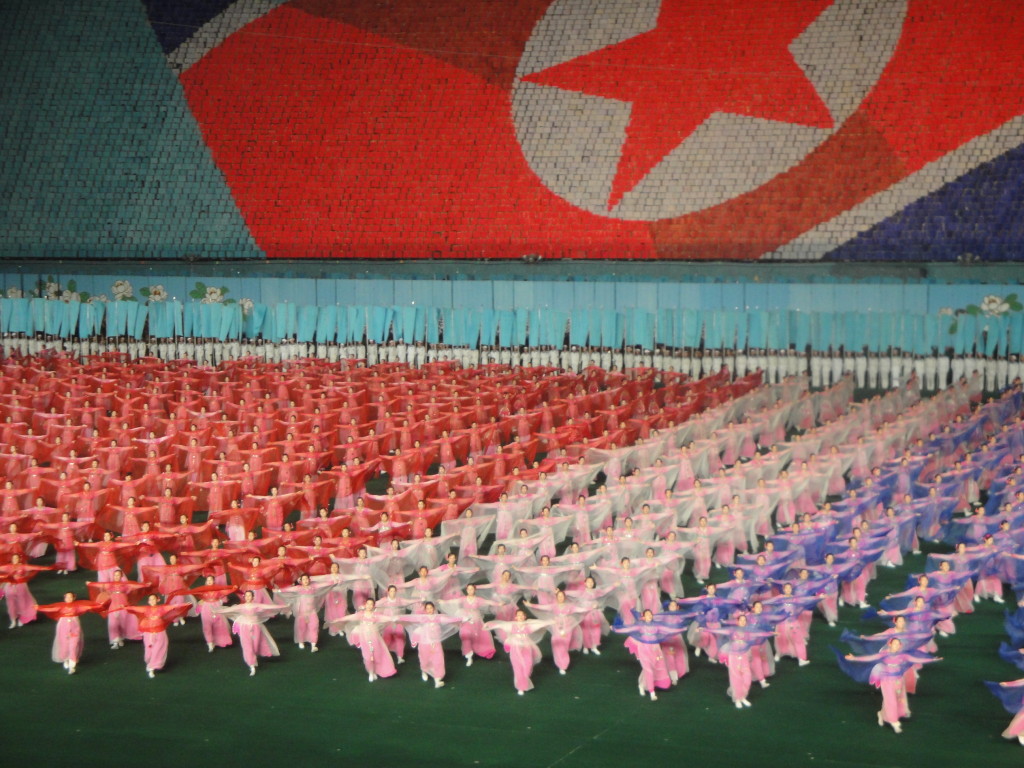Behold the second installation of my round-up of the weekly posts I’ve written for StraitsBlog, the official blog of travel company StraitsJourneys, some of which have been featured in the Ready to Travel section of the Singapore Airport Terminal Services (SATS) website and app.
Since these pieces are all fairly short (hooray for the #TLDR era), I thought I’d put them together in a periodic round-up instead of giving them all individual posts here.
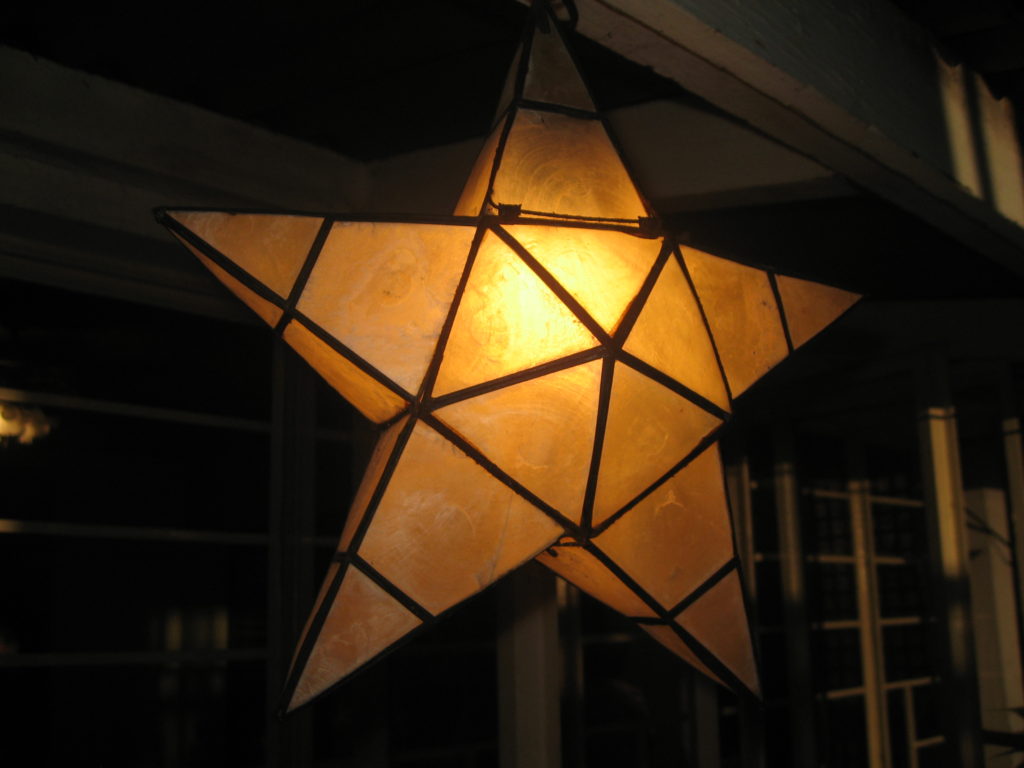
26. Vibrant Christmas Traditions in Asia
Christmas has long grown beyond a simple Christian celebration of Jesus’ birth. The combination of glittering decorations, gift exchanges and the spirit of goodwill towards mankind has kept the holiday popular even amongst non-Christians. Traditions have, of course, evolved over time (Mary and Joseph did not deck the manger with strings of blinking LED lights) but they’ve also been localized in a myriad of ways…
25. Real Destinations for Virtual Competitions
It may seem strange to travel to a foreign country to watch people play a game on a screen, but live eSports events are no joke. The major tournaments frequently outperform both the NBA Finals and World Series in viewership, and with sponsors like HP, Samsung, T-Mobile and Toyota, money is flowing in to create dedicated spaces where fans can cheer for their favorite teams….
24. A Tasting Course of Singapore Architecture
With its blend of traditional shophouses and trendy cafes, Tiong Bahru is high on tourists’ must-visit lists for its Instagrammable dishes and building-side murals. But it’s also a microcosm of Singapore history, particularly the last century, as well as a hub of heritage trails and hidden green spaces. StraitsJourneys expert Dr. Tai Wei Lim said it best when he described Tiong Bahru as the historical bridge between pre-war, post-war and post-independent Singapore…
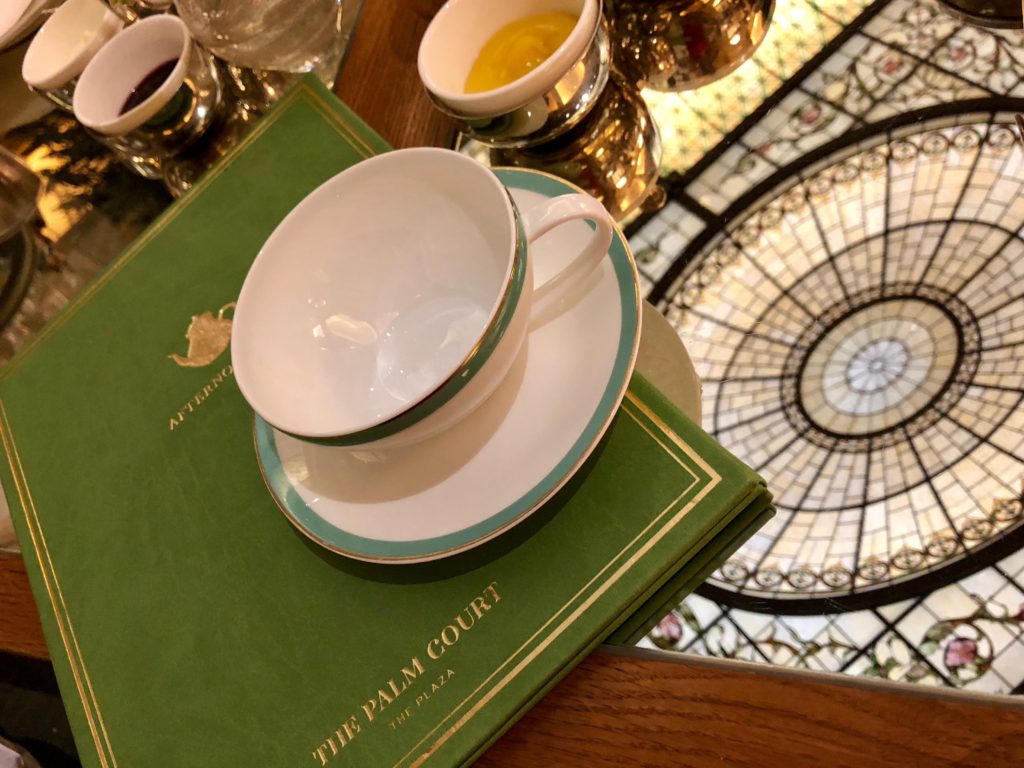
23. Three Ways to Do Tea in NYC
Autumn is the perfect time of year to snuggle up in a tea shop with a thick book or a few friends. After the sweaty slog of summer in New York City, the crisp weather sends a crackle of energy through the streets. The cooler it gets outside, the cozier it gets inside…
22. Overlooked Art Museums
Every major cosmopolitan city has its star art museum. And while the Louvre in Paris and the Met in New York have earned their international acclaim, their fame can make visiting these renowned galleries a crowded experience. Fortunately, there are a few places off the beaten track where you can view breathtaking masterpieces in relative quiet…
21. A Treat for the Eyes: Japan’s Fake Food Industry
In his 1933 manifesto on aesthetics In Praise of Shadows, author and novelist Tanizaki Jun’ichirō notes: “It has been said of Japanese food that it is a cuisine to be looked at rather than eaten.” While he couldn’t predict how globally famous Japan’s fake food would become, I’m betting he wouldn’t have been surprised…

20. Organic Wines of Sonoma County
Just 45 miles north of San Francisco, Sonoma County has a well-earned reputation as one of California’s top wine regions. Recently, it’s appeared in the news due to a dramatic series of wildfires, but Dionysus must be watching over Sonoma because the smoke has cleared and its vineyards continue to welcome visitors with open arms…
19. Jewels of the Jungle: Birds of Paradise
“It’s difficult not to be enchanted by the birds-of-paradise. They’re some of the most extraordinary birds in the world,” commented Ch’ien Lee, accomplished biologist and professional photographer. The diversity in their extravagant plumage is astonishing, often including highly elongated and elaborate feathers extending from the beak, wings, tail or head in all colors of the rainbow….
18. Beijing to Taipei: An Art Collection’s Wild Journey
What was Chiang Kai-shek doing lugging art out of China? Stealing priceless antiquities, according to some. Rescuing them from destruction, according to others….
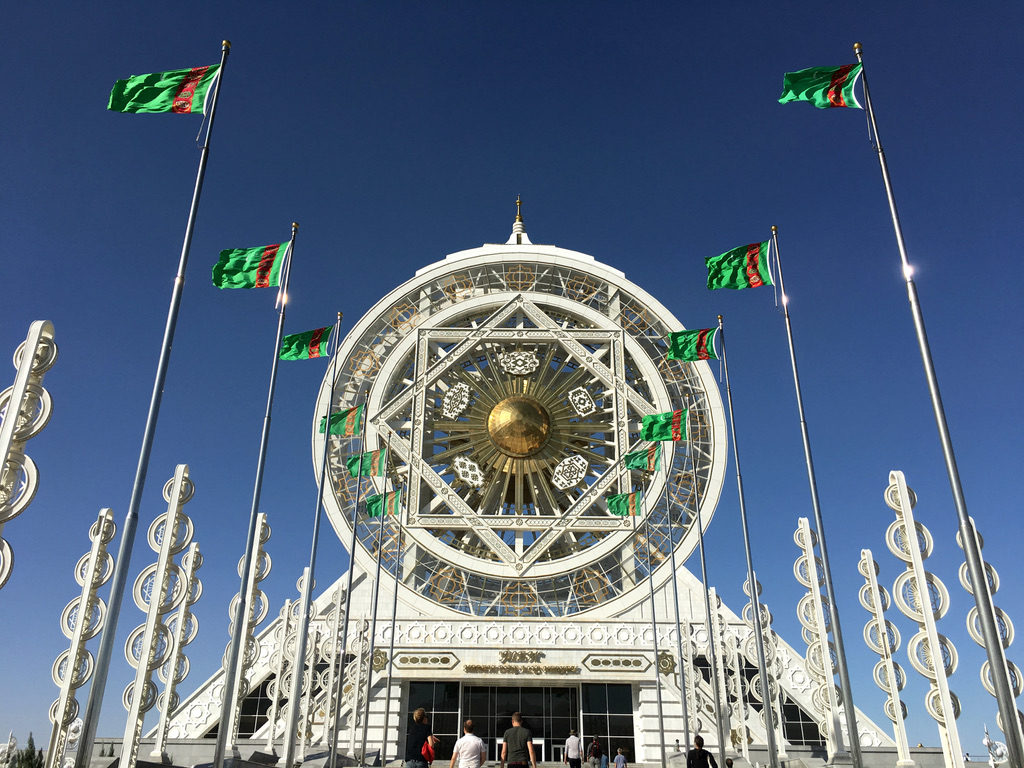
17. The Otherworldly Architecture of Turkmenistan
The absurd splendor of Turkmenistan’s architecture hits you from the get-go with its airport. The main terminal in Ashgabat International is shaped like a soaring falcon and cost $2.3 billion USD to construct. This sparked some controversy as critics claimed the building was much larger than needed to handle the country’s relatively low traffic rates. When I passed through two years ago, that was very much the case….
16. Wildlife Photography: Advice from an Expert
These days, anyone can take a picture at any time, but that doesn’t mean the art of photography is as easy to master. This is especially true when it comes to photographing wildlife, an endeavor that often takes more patience than specialized equipment….
15. The Tangled Roots of Countries’ Names (Part 2)
Naming a country is complicated. Sometimes it’s appropriate to draw from historical context and sometimes it’s better to create a brand new moniker. Sometimes it’s easier to just call a place after its landscape and sometimes it’s worth taking the time to craft a name that will reflect everyone involved. As previously mentioned, the origin stories behind nations’ names, tangled and strange though they are, can be separated into groups….
